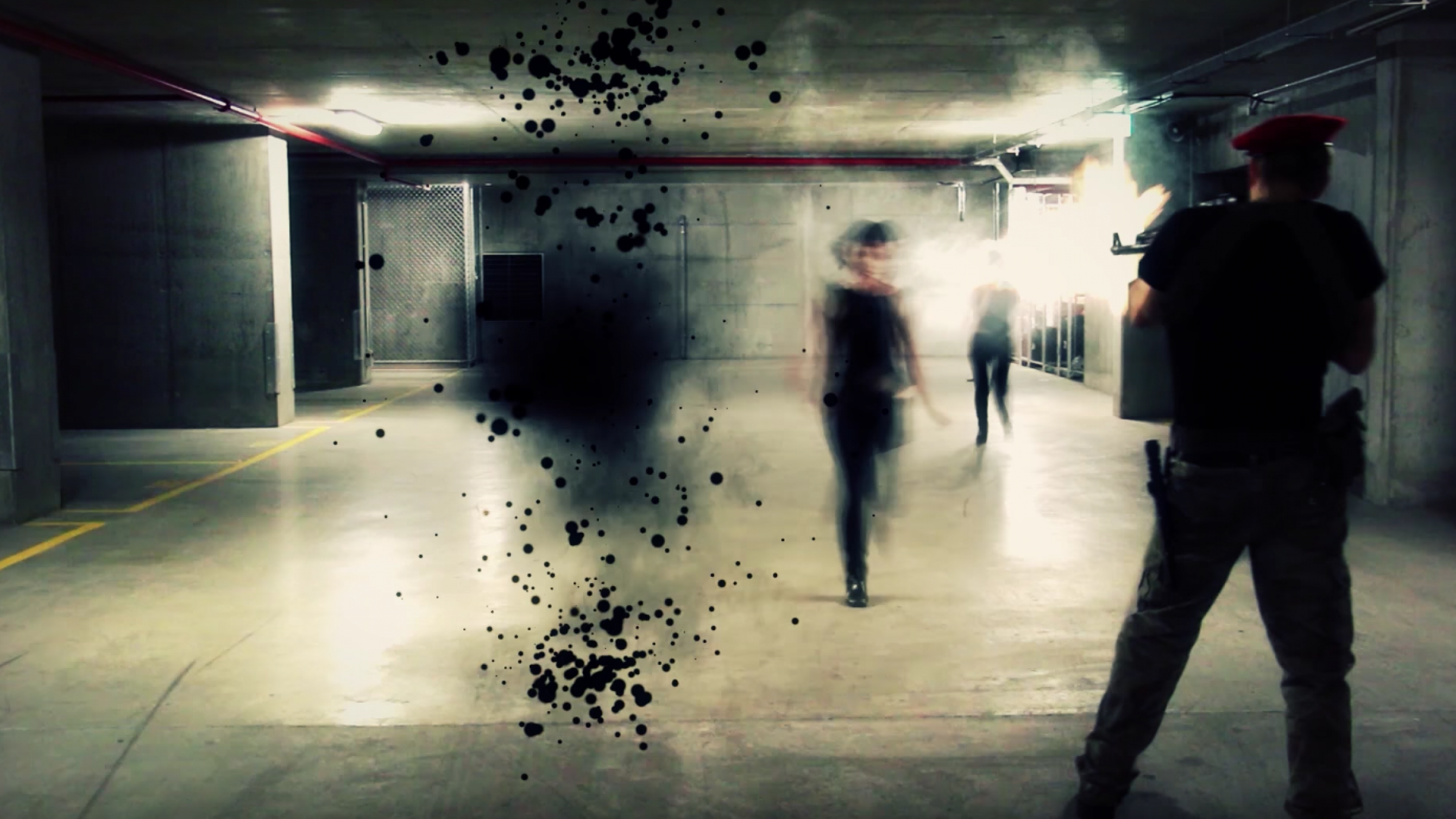Rotoscoping and chroma keying are popular techniques used in the film and animation industry to create visually stunning and immersive content. They are used to add special effects, modify backgrounds, and create realistic composite shots that would be impossible to achieve otherwise. Rotoscoping is a process for creating mattes and VFX elements in live-action films. This technique involves tracing over an object frame by frame with light and projector to create a silhouette.
Nowadays, rotoscoping is often used with green screen techniques and chroma keying for compositing work. It’s an excellent way to separate unwanted objects and remove them without affecting the background. Here, we will discuss what rotoscoping & chroma keying are, how they work, and their applications.
Rotoscoping
Rotoscoping is a technique used to trace live-action footage frame by frame to create a matte that can be used to isolate the subject from the background. It involves manually drawing a path around the issue, using a digital pen, tablet, or mouse to create a mask separating the foreground from the background.
Rotoscoping is often used to create complex visual effects, such as adding or removing objects or characters from a scene, modifying backgrounds, or enhancing an actor’s movement. It is a time-consuming and labor-intensive process requiring much skill and attention to detail. However, the results can be stunning, and it is often used in high-budget productions to create seamless and realistic special effects.
Chroma Keying
Rotoscopy services, also known as a green screen or blue screen, is a technique used to replace a solid color background with another image or footage. It works by filming the subject against a green or blue background and then using software to replace it with a different image or footage.
Chroma keying is commonly used in film and television production to create various effects, from simple backgrounds to complex environments. It is also used in weather forecasting, where the meteorologist stands before a green screen, and the weather map is projected behind them. Chroma keying is a powerful tool that can save time and money, as it allows filmmakers to shoot actors in front of a green screen and then add the background in post-production rather than building complex sets.
Applications
Rotoscoping and chroma keying are used in various applications, including film and television production, video game development, and advertising. Here are some relevant examples of how these techniques are used:
- In film and television production, rotoscoping is used to create special effects, such as adding or removing objects or characters from a scene or enhancing an actor’s movement. Chroma keying is used to create backgrounds and environments or to replace the sky in outdoor shots.
- In video game development, rotoscoping creates realistic animations, such as character movements or environmental effects. Chroma keying is used to create game backgrounds or to add special effects.
- In advertising, rotoscoping and chroma keying create visually stunning and memorable commercials. For example, a car company might film their car against a green screen and then add an impressive landscape in post-production, or a fashion brand might use rotoscoping to create a dramatic effect on their clothing.
In conclusion, Rotoscoping services are two powerful techniques used in the film and animation industry to create visually stunning and immersive content. Although they require a lot of skill and attention to detail, the results can be breathtaking and are often used in high-budget productions. Whether you are a filmmaker, animator, or advertiser, these techniques are essential tools in your toolkit.
